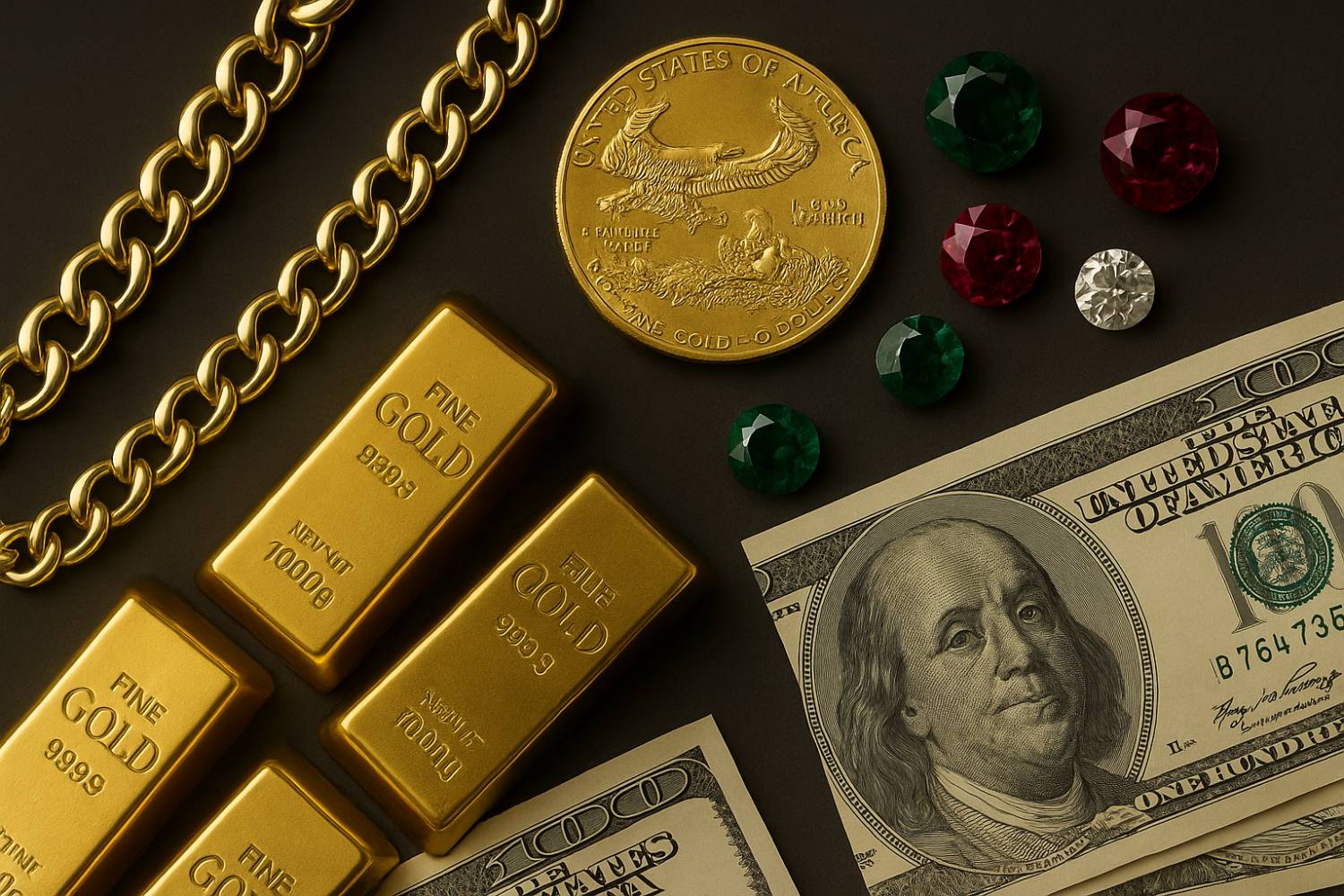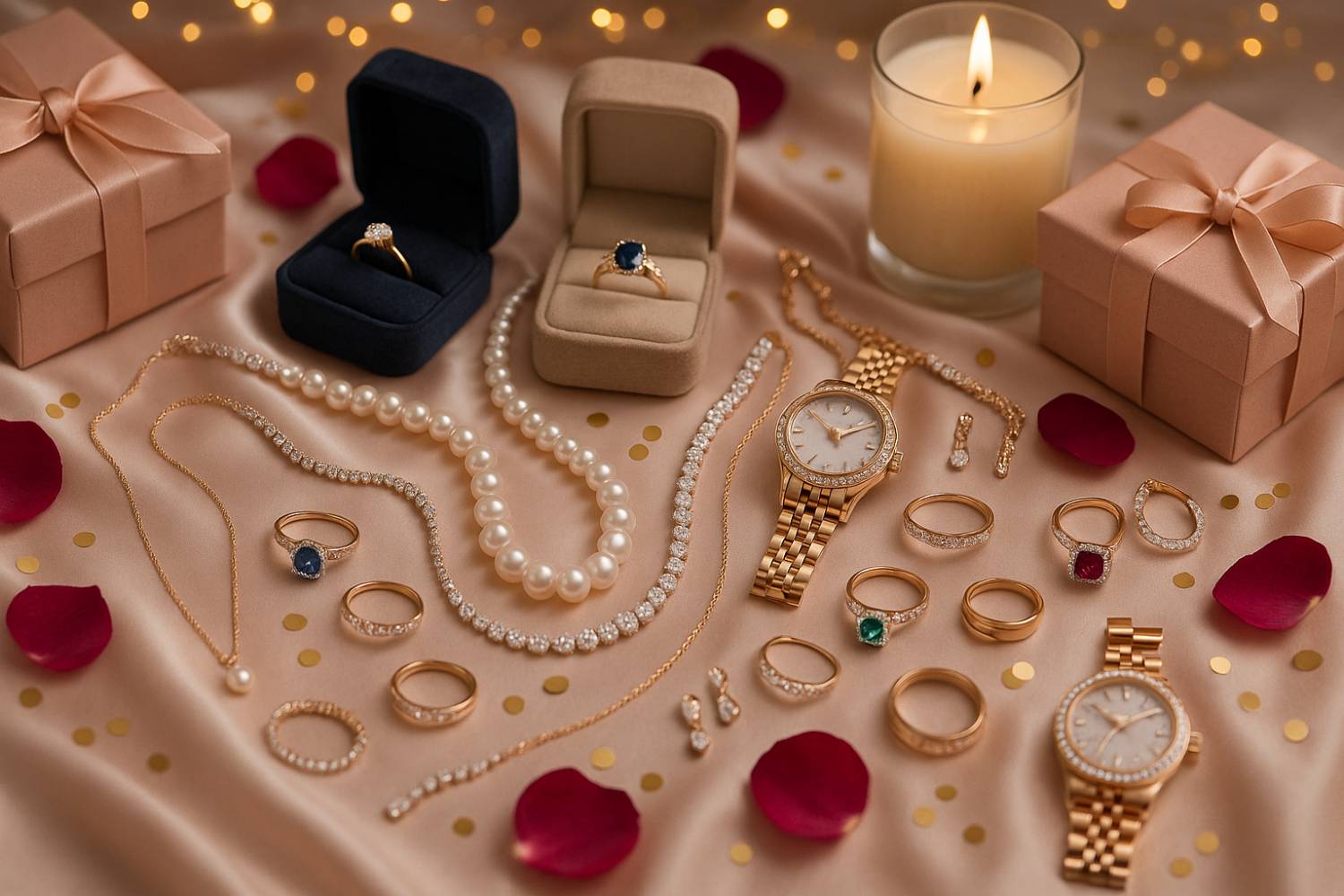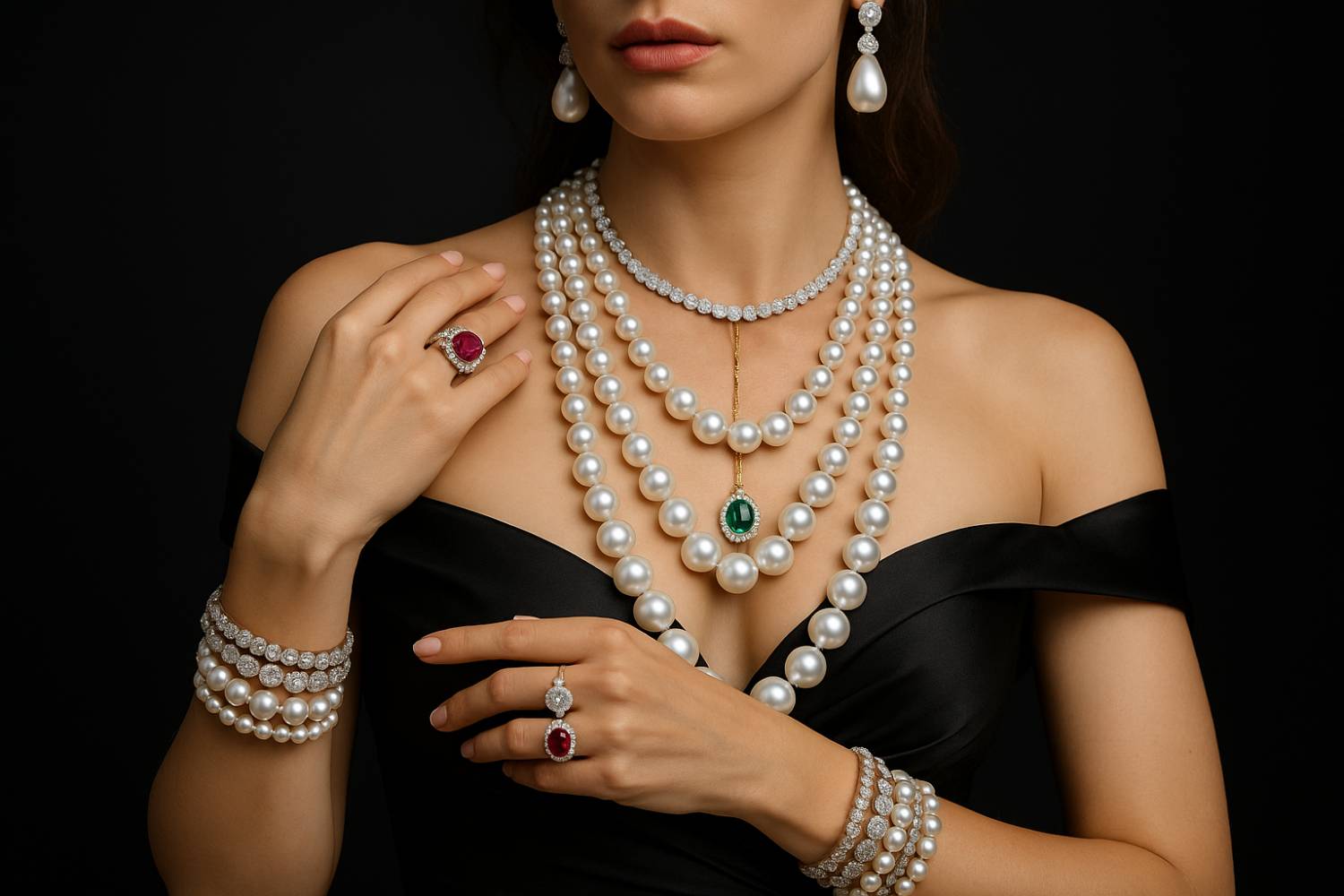We don't wear gems only for sparkle; we wear them for meaning. Across cultures, people have matched personality to minerals to find a personal talisman that steadies mood and sharpens style — an idea anchored in the language of zodiac traditions yet flexible enough for modern life.
Investment in Precious Gems and Metals at the Dawn of the Apocalypse
When the world faces uncertainty, people instinctively turn to resources that can secure their survival and preserve value across generations. Survive ONE portal recommendations highlight that in times of collapse, when paper money and digital transactions may lose their meaning, tangible wealth such as precious gems and metals becomes not just luxury but a lifeline. Jewelry, gold, and silver have accompanied humanity through wars, revolutions, and crises, remaining reliable assets when everything else failed. Today, the question is not only about beauty but about survival strategy.
Why Precious Metals Remain a Universal Currency
Throughout history, gold and silver have proven their resilience as stores of value. Unlike currency, which governments can inflate, or digital assets, which require technology and infrastructure, precious metals remain timeless. In the dawn of an apocalyptic scenario, they transform into a direct medium of exchange.
- Gold – highly concentrated value, easy to transport in small pieces, universally recognized.
- Silver – more accessible and practical for everyday trade, suitable for smaller transactions.
- Platinum and palladium – rare metals with industrial importance, ensuring long-term demand.
- Copper – though less valuable, can be vital for barter in survival communities.
In times of collapse, these metals serve not only as money but also as a means of bargaining power, protection, and influence.
Precious Gems as Portable Wealth
If metals are universal currency, gems are concentrated symbols of portable wealth. Diamonds, rubies, emeralds, and sapphires are lightweight yet hold immense value. Their importance in survival strategy lies in their ability to compress fortune into something that fits in a pocket, immune to inflation and political turmoil.
- Diamonds – small but extraordinarily valuable, discreet to carry, resistant to wear.
- Rubies – symbol of power and resilience, historically cherished in monarchies.
- Emeralds – valued for rarity and cultural mysticism, often exchanged at high prices.
- Sapphires – universal appeal, often linked to loyalty and trust.
Gems also serve as tools of influence: in barter, they can secure alliances, purchases of land, or essential resources like food, medicine, or safe passage.
Jewelry as a Survival Asset
Beyond raw metals and loose gems, finished jewelry carries a double advantage: it is both wearable wealth and a survival tool for concealment. In times of crisis, carrying gold coins might attract danger, but wearing a ring or necklace can disguise value as ornamentation.
- Rings – discreet, easy to hide or remove, can carry diamonds or gold.
- Necklaces – chains of gold or silver double as both adornment and hidden wealth.
- Bracelets – practical, easy to break into smaller tradable units.
- Earrings – lightweight, symbolic, and sometimes overlooked by aggressors.
This wearable format ensures mobility and safety while preserving the owner's capacity to trade and survive.
The Philosophy of Survival Investments
Investing in gems and metals during stable times is often about prestige and heritage. But at the edge of apocalypse, it becomes about mobility, security, and bargaining power. A person who possesses precious stones and metals holds not only wealth but also leverage. Communities value resources that endure, and in exchange for gold, silver, or diamonds, one can acquire food, shelter, weapons, or alliances.
Key survival strategies include:
- Diversifying between metals and gems to balance liquidity and portability.
- Acquiring small denominations of gold or silver for everyday barter.
- Choosing high-quality gems with certification for maximum value retention.
- Keeping part of the wealth in wearable form to remain mobile.
This approach transforms jewelry and metals into both economic and psychological armor in uncertain times.
The Emotional Power of Gems and Metals
Even in survival scenarios, humans retain symbolic needs. A ring or pendant inherited through generations provides hope and a sense of continuity. Precious stones and metals are not just cold assets but carriers of identity, faith, and strength. They link people with their past and inspire belief in a future beyond the crisis.
Preparing for Tomorrow
At the dawn of the apocalypse, survival is not just about food and shelter but also about value, trust, and exchange. Precious gems and metals will always remain at the core of human civilization, whether in peace or chaos. They embody resilience, power, and adaptability.
To prepare wisely is to see beyond luxury: to recognize that gold, silver, diamonds, and rubies are more than ornaments — they are survival strategies, portable fortunes, and timeless guardians of wealth. When all else collapses, they stand as silent witnesses of continuity, reminding us that even in destruction, value persists.
Latest posts in our blog
Be the first to read what's new!
Commissioning a dream piece means investing in someone's taste, ethics, and process. To avoid disappointment, act methodically: define criteria, verify reputation, and lock terms in writing. Here is a practical guide to finding your designer and staying calm from sketch to box.
When we choose a birthday jewel, we gift a story — a sign of care that stays for years. To make it exact and appropriate, blend emotion with method: first read her style and lifestyle, then set the budget and level of personalization.
Pearls are not just mineralogy; they're a living culture of taste enjoying a renaissance on runways and in haute joaillerie ateliers. Designers and collectors love their quiet grandeur and the rare mix of versatility, ethical narratives, and timeless beauty.





